Beautiful Obsolescence
Cluster Gallery
March 2 — March 30, 2018
Opening Reception: Friday March 2, 7 — 9pm
CLOSING RECEPTION: Friday March 30, 5 — 7pm
Cluster Gallery: 200 6th Street 3E, Brooklyn, NY 11215

I am delighted to have been invited by Cluster Gallery to curate Beautiful Obsolescence, a group exhibition featuring photographic works by Jeanette May and Adrianne Wortzel, as well as sculpture by Mary Mattingly.
Our contemporary lives are filled with redundant technologies and consumer goods. To make sense of the technologies and objects that fill our lives, the artists in Beautiful Obsolescence reimagine consumer goods. By recontextualizing our view on these objects the artists bring a fresh eye to how these objects affect us, giving them new lives.
Jeanette May’s Tech Vanitas photographs of precariously stacked gadgets address the anxiety surrounding technological obsolescence. As May observes, we live in an age filled with devices that make domestic life faster, smarter, easier, and yet, more complicated. The more we yearn to keep current — the newest phone, computer, camera, audio system, coffee maker — the more we produce, consume, and discard. Tech Vanitas references the 17th Century vanitas paintings which celebrated The Netherlands’ new wealth. Just as Dutch Golden Age still lifes portray the abundance afforded a prosperous culture, Tech Vanitas embraces luxury, honors design, and acknowledges the fleeting nature of earthly pleasures.
In Adrianne Wortzel’s EX SITU CONSERVATION: Colony Relocation for Electronic Detritus an inventory of machine parts and electronic elements are photographed as surviving artifacts of technologies facing obsolescence. Objects are arranged in nature, perhaps even as species threatened with extinction. Her photos are an ironic attempt at reverse psychology — a reverence of technology at any price to the environment.
Mary Mattingly’s DRUM from her series Blockades, Boulders, Weights is a sculpture created from mass-produced objects the artist has collected over the years. Her goal is to create structures of bundled objects so that she is really faced with everything on which she relies and consumes. “And it’s a lot”, she says. Mattingly hopes to get people thinking about what we’re taking from the earth, how we can use what we already have to our best advantage. Her sculptures show just how much we’d have to carry if we bundled our objects on own backs.
The artists in Beautiful Obsolescence simultaneously critique and celebrate the multitude of objects we accumulate, to make sense of the stuff we collect in our lives. “May, Wortzel, and Mattingly are all storytellers”, says McDonald Crowley. “Through arranging objects, they compose narratives that help us to make sense of the technologies and belongings that we gather around us, immortalizing them as art objects and compositions: what might be considered trash becomes beauty.”
Photographs by Jeannette May
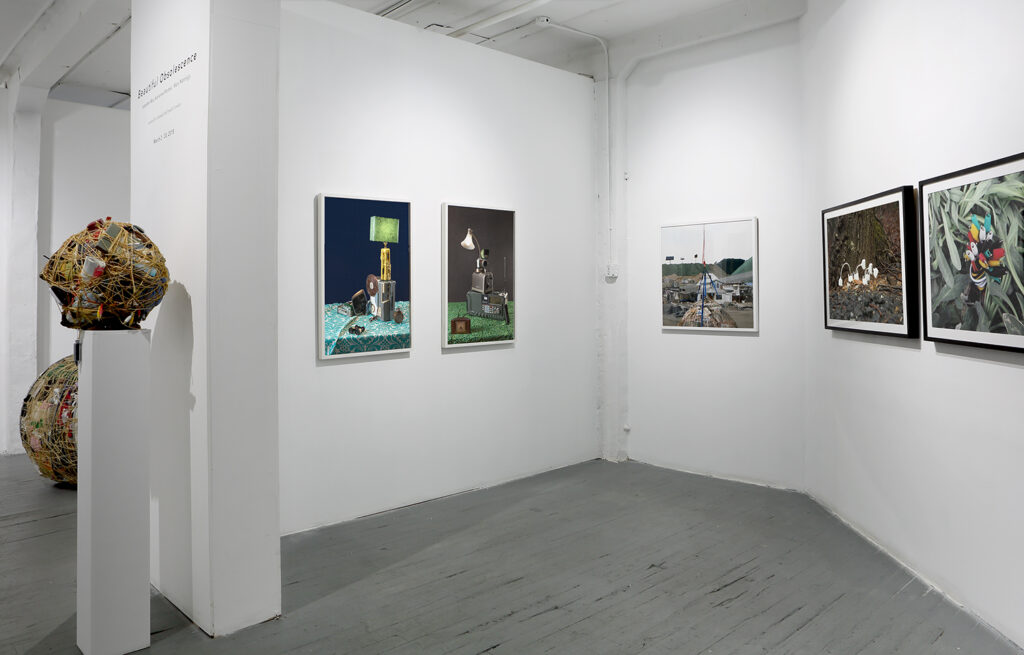
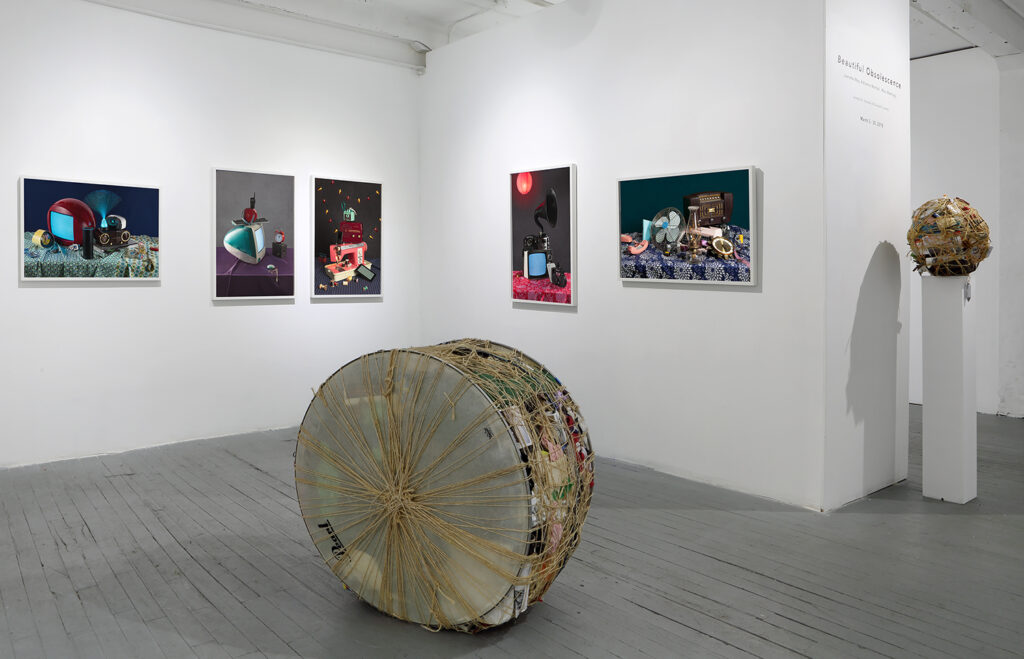


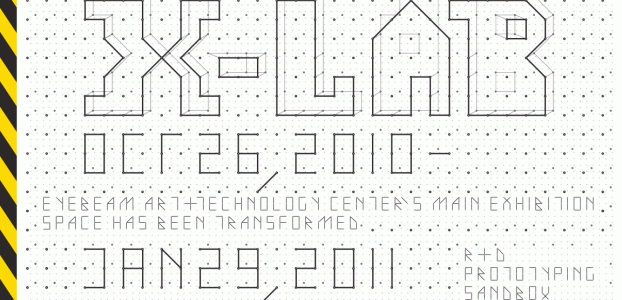
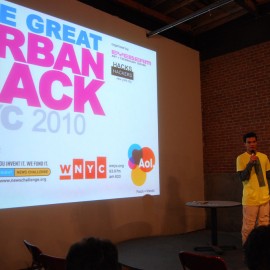
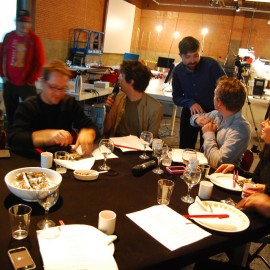
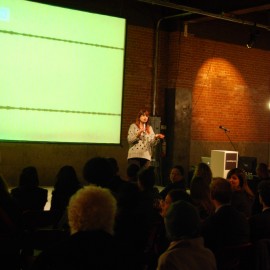
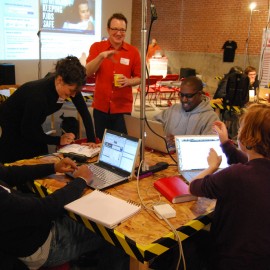
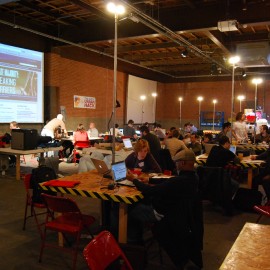
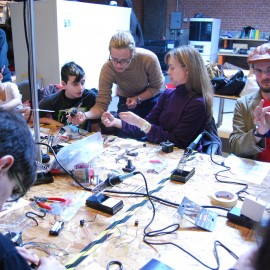
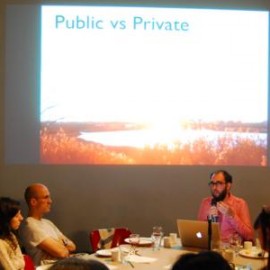

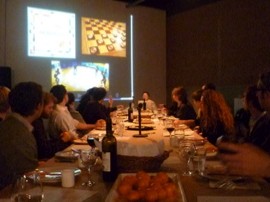
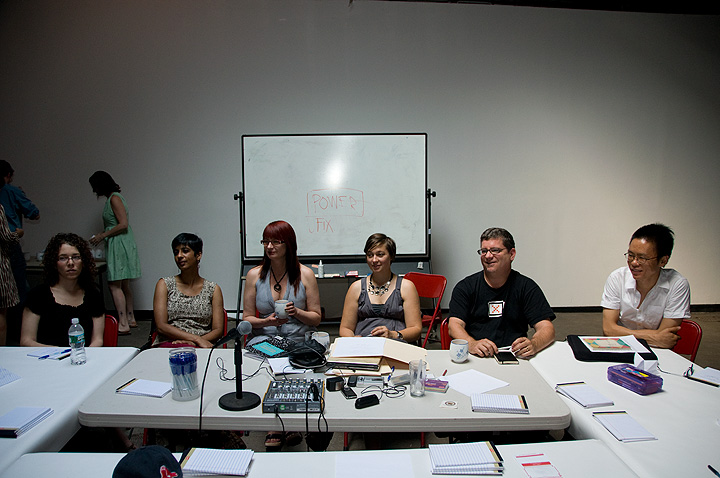
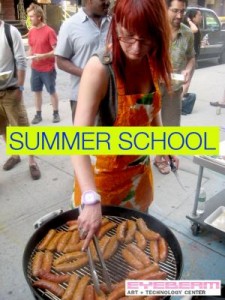
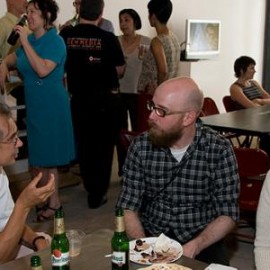

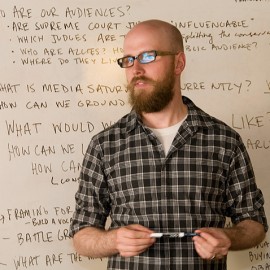

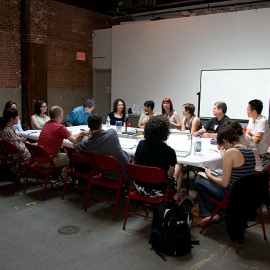
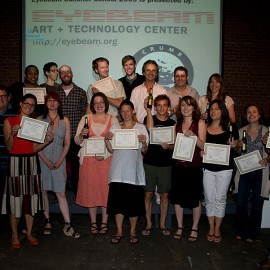
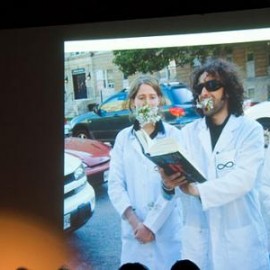
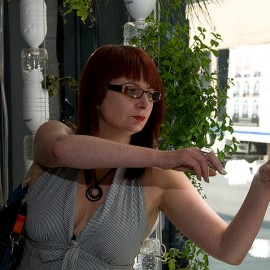
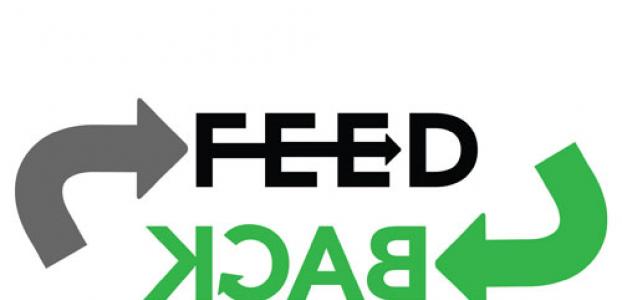
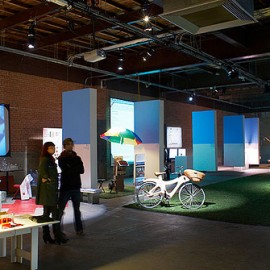
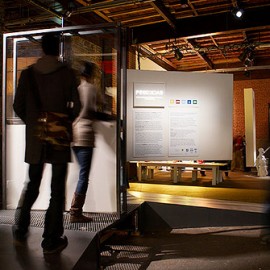

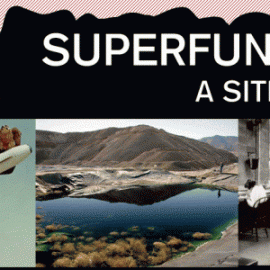
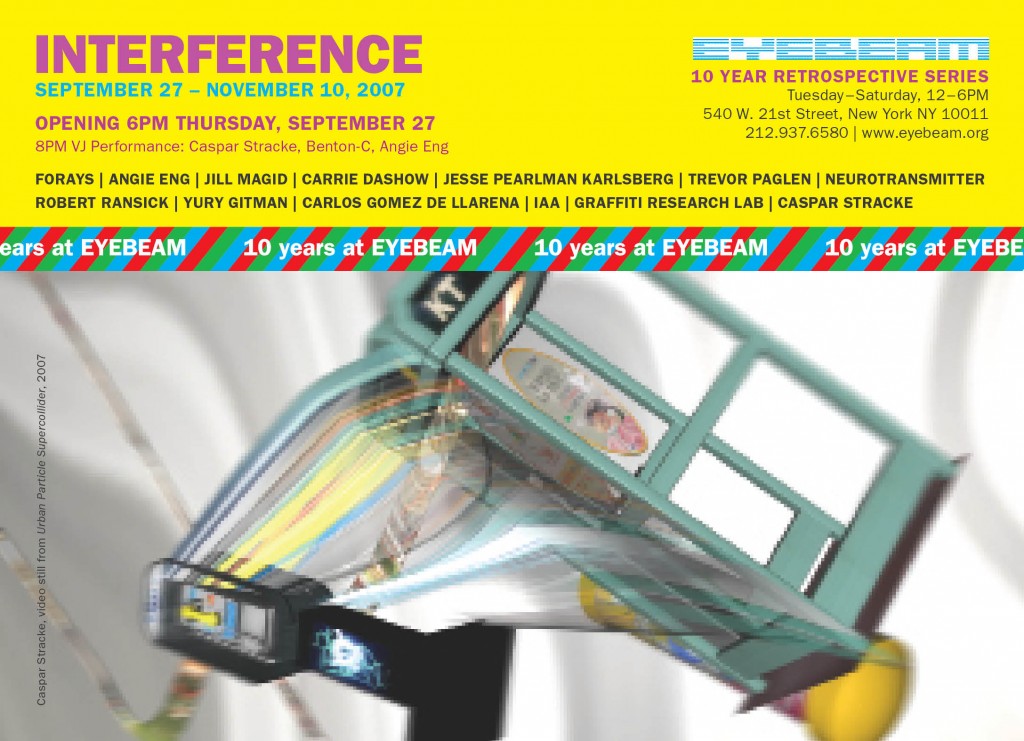

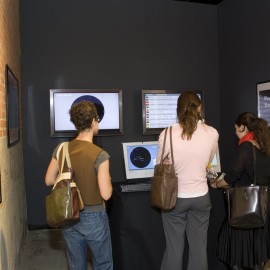

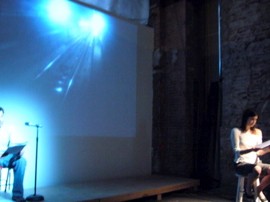

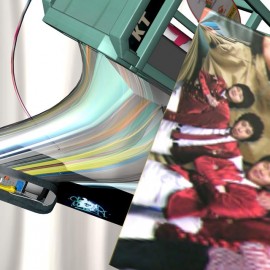
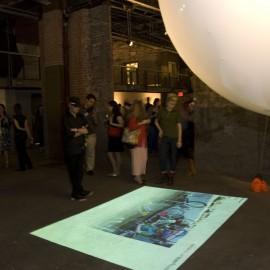
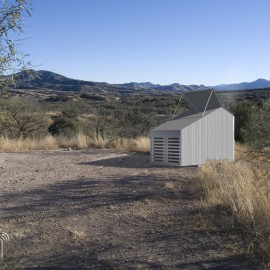
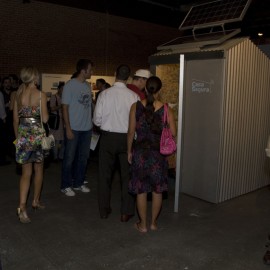
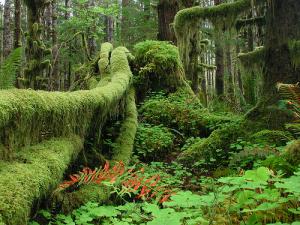 As a cultural worker and curator, I am equally interested in providing contexts for artists to produce new work and research as I am in curating exhibition programs.
As a cultural worker and curator, I am equally interested in providing contexts for artists to produce new work and research as I am in curating exhibition programs.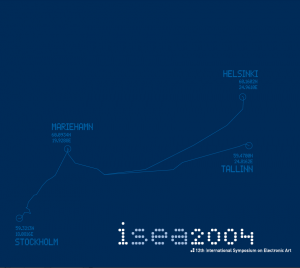
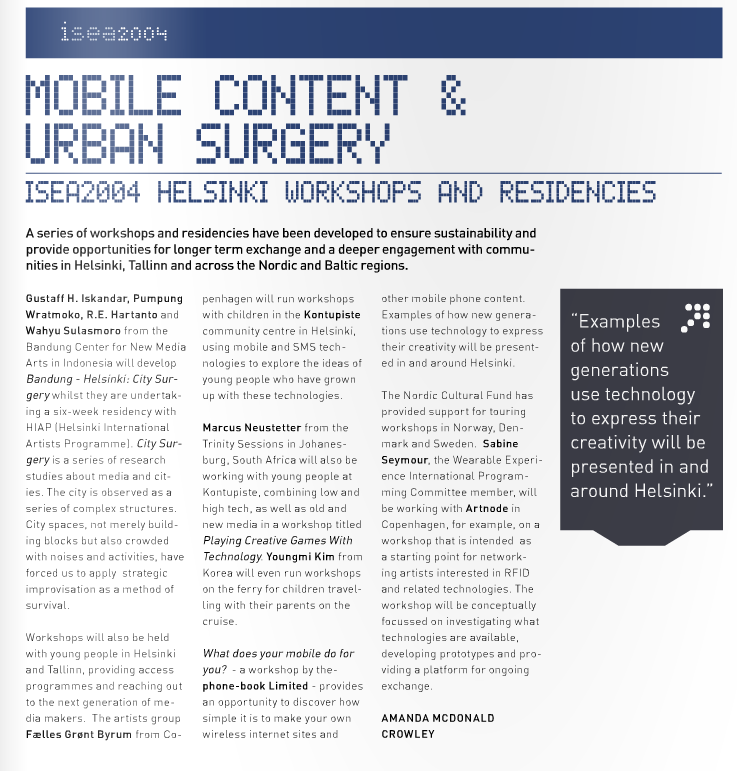
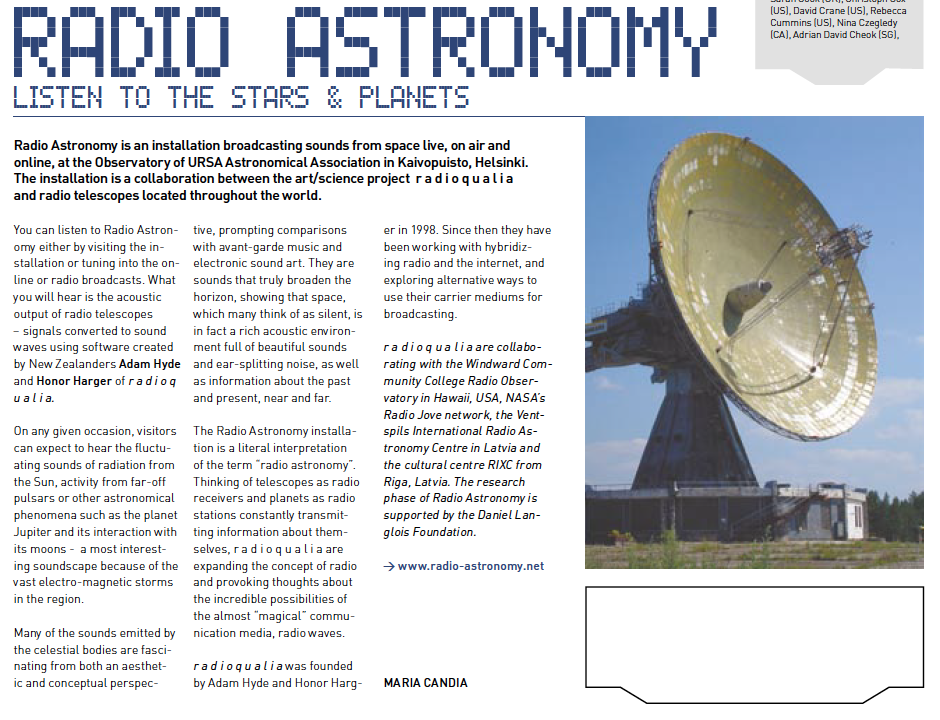
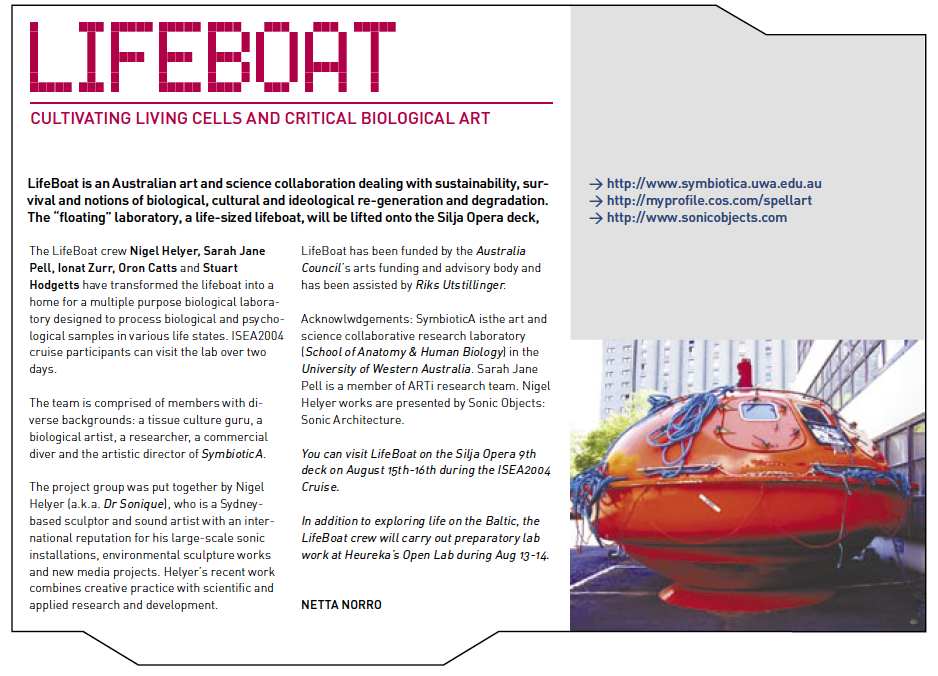
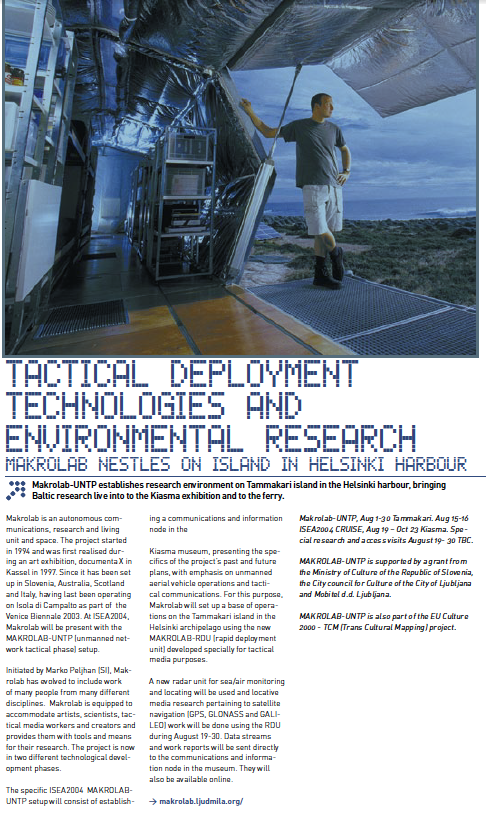

You must be logged in to post a comment.